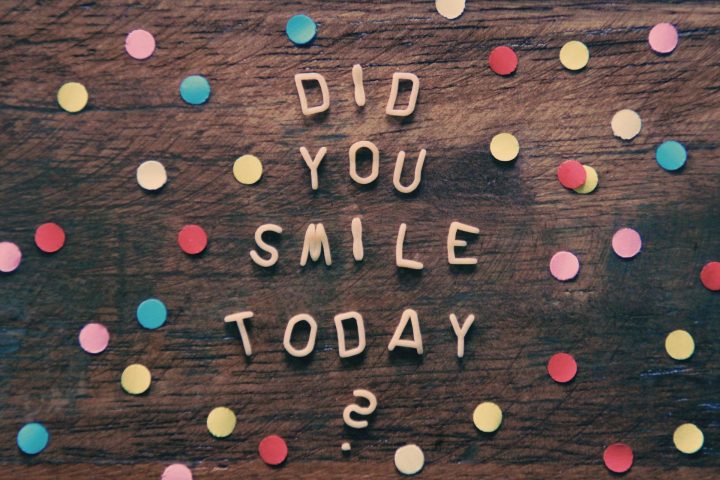
Learning the ropes!

The health and safety of our staff and clients are of paramount importance. We take these issues very seriously indeed and provide regular training and support. This ensures staff keep themselves and those they care for free from harm. There are also legal requirements around certain tasks that we must all comply with. Manual handling is one of them. So what is manual handling and how does it affect our carers and those they look after? Read on to find out.
Manual Handling Explained
Manual handling can include all of the following:
- Lifting
- Putting down
- Pushing and pulling
- Carrying or moving a load
Any of these tasks have the potential to cause injury to workers. All employers have a legal duty to assess and reduce any risk so that a working environment is always a safe place.
Manual handling can involve:
- Pushing things like laundry cages and catering trolleys
- Lifting people with restricted mobility
Comfort Keepers has procedures in place to manage the risks. Manual handling training is mandatory for all our carers before they can begin working for us. There are further refresher courses every 18 months.
The Risks Related to Manual Handling
An estimated 400,000 people suffer from chronic back pain in Ireland. It is the most commonly reported chronic health condition.
Back problems can be the result of obesity or sporting and car accidents, for example. Many of the issues that create back pain result from injury and damage to a disc. When we bend over we put pressure on our discs.
This can cause a disc to bulge backward towards the spine. When we twist and bend at the same time we put the greatest stress on the spine and discs. This is when there is an increased risk of back injury. Home care is a vulnerable sector for back issues.
The Importance of Risk Assessments
Some of the duties our carers carry out can involve a degree of manual handling. For example, elements of home help mean collecting and putting away heavy bags of groceries or cleaning products.
Carers may also need to move those they are caring for. Risk assessments of the homes we visit are an integral part of home care and our health and safety policy at Comfort Keepers. These are some of the key considerations:
- Avoiding manual handling where possible with equipment like hoists or trolleys
- Minimizing manual handling tasks to the greatest extent possible
- Taking a balanced approach that considers clients’ needs in a safe environment
- Ensuring employees have the necessary training and information
- Having arrangements in place to report back incidents
Lifting Objects
When dealing with things such as shopping, it’s vital to consider the load weight, size, and dimensions involved. It may often be necessary to modify these where possible in order to reduce the level of risk.
The environment may also have a bearing on manual handling activities. These are things that may need consideration:
Here are some useful, recommended tips for moving inanimate things:
- Plan carefully and consider where you will place a load
- Remove obstructions, such as unwanted wrapping materials
- Always try to keep the load close to the waist while lifting
- Make sure the heaviest part of the load is near to the body
- Maintain a stable position with one leg a little further forward to stay balanced
- Be ready to move your feet while lifting to keep a balanced position
- Make sure you have a good hold on the load
- If possible, hug the load close to the body
- Do not bend the back while lifting
- A slight bend of the hips and knees at the start of the lift is preferable
- Never twist while you lift
- Look ahead and lift smoothly
You should never lift or handle more than you can easily manage. There’s a huge variation between what people are able to lift and what they can safely lift. If you need to put the load in a precise place, put it down first and slide it into the required position.
Helping Clients to Move
Our carers will always make an assessment to find out if our clients are capable of moving independently. If someone needs help, further questions will need answering. Here are some of them:
- How much extra help does the person need?
- What is the reason for the client’s inability to move independently?
- What is the height of the client and how much do they weigh?
- Are there health conditions like poor eyesight, painful areas, or skin problems?
- Can the client communicate and understand instructions?
- Does the client suffer from anxiety and are they cooperative?
- Is the client taking any medication that could affect the handling activity?
- Is there any history of falls?
- How have carers moved the client in the past?
The answers to these questions will help establish the safest ways to move a person. The aim is to keep both our carers and our clients safe at all times.
Handles and mechanical aids may be necessary for some situations, along with relevant training. At other times, addressing the cause of a person’s immobility may also be appropriate. They may, for example, need a referral to a physiotherapist.
Whatever our clients’ needs are, we will always assess them carefully to ensure their safety and that of those who are caring for them. The initial training our carers receive and the refresher sessions are part of this process.
Giving Our Carers the Training They Need
Carers who work in the home care sector and provide home help will all need and receive training in manual handling. At Comfort Keepers, we pride ourselves on making health and safety a top priority and giving the right support to our carers.
Connect with us
To begin starting care for your loved one, you can click here.
To join our incredible award-winning team, you can apply now by clicking here or emailing your CV to recruitment@comfortkeepers.ie


